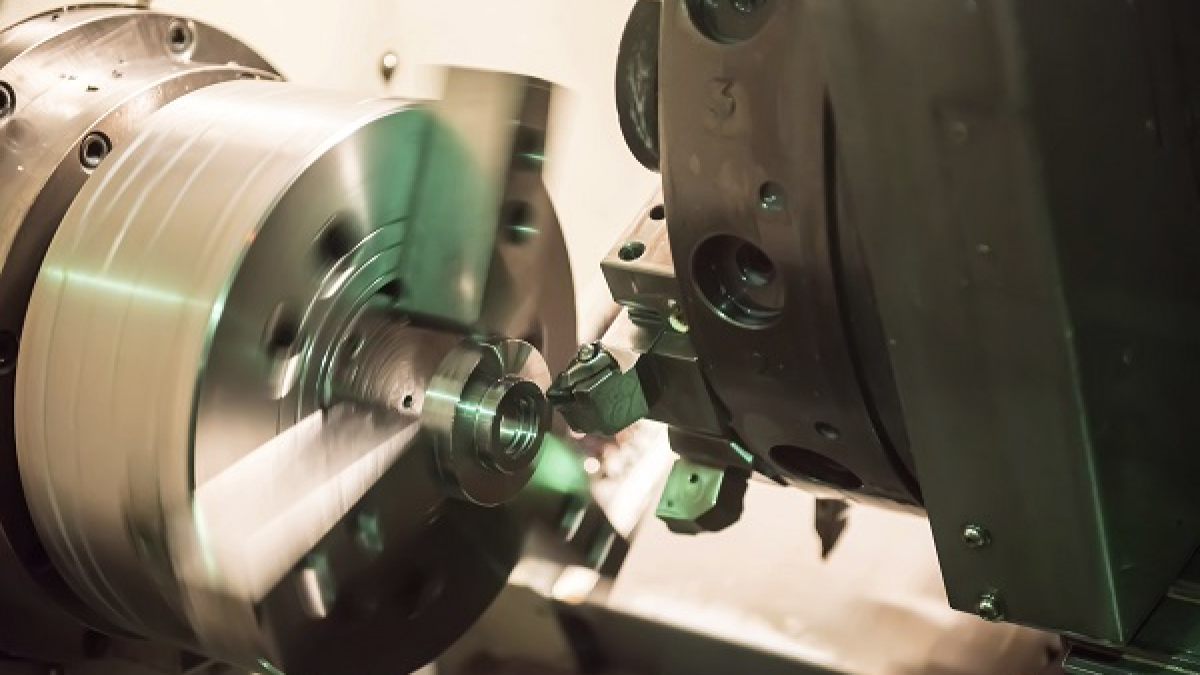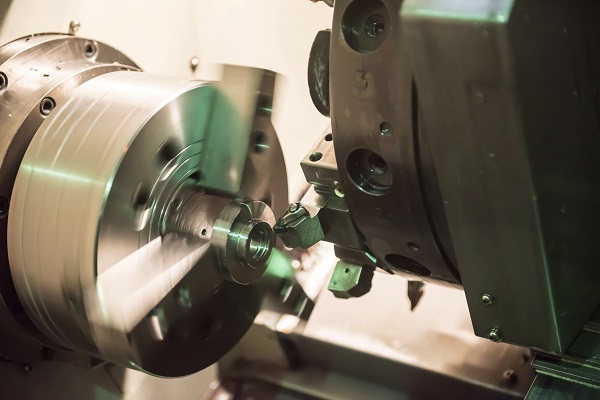It’s Not a Hoop to Jump Through. It’s a Means to Approve Your Financing Application.
 Let’s save you some time. If your credit score is 750 or above, feel free to read another blog. This one doesn’t pertain to you because typically your equipment financing will be approved based on your application alone.
Let’s save you some time. If your credit score is 750 or above, feel free to read another blog. This one doesn’t pertain to you because typically your equipment financing will be approved based on your application alone.
If your credit score is below 750, and especially if it’s much lower, stay with us. Chances are that along with your application, that an equipment financing lender, like Global Financial & Leasing Services (GFLS), will ask for additional financial documentation. Worst case scenario is that your lender doesn’t ask for you additional documentation and simply rejects your financing application. Simply put, don’t look at gathering paperwork as a hoop your lender is asking you to jump through, but rather as a means to get you the funding you need for equipment.
There are two reasons equipment financing lenders ask you for more documentation along with your application.
- They want to help you prove your income and your credit worthiness.
- They want to help you prove that you have the ability to repay the lease.
The following are the most common financial documents lenders might ask for if additional documentation is required.
Personal and business bank statements from the past three months
Bank statements let lenders visually verify income and provide a general overview of how you handle your finances. If your statements include negative balances and overdrafts, that sends a red flag to lenders that you could have a better handle on managing your finances.
What can you do if your bank statements aren’t going to help your application? Change your focus from getting equipment financing to improving your bank statements. Keep positive balances and avoid overdrafts. Think of the overdraft fees you’ll save. Then, revisit equipment leasing once your financials are in better shape.
Year-end P&L statements and balance sheets from the past one to two years
Profit & loss (P&L) statements and balance sheets are common business financial documents. They offer an excellent overview of a company’s financial health, which is what lenders need to see when deciding whether to take a risk on lending you money for business equipment.
Personal and business tax returns for the past one to two years
Like P&L statements, tax returns show financial strength, and they are seen universally as a legitimate reporting tool. Expect lenders to compare numbers between your P&L statements and balance sheets to your tax returns. If the figures don’t “add up,” lenders will see this as a red flag.
Personal financial statements from the company’s principals
Personal financial statements from your company’s principals might be requested, especially if the they are personally guaranteeing the equipment financing. The statements include assets, such as homes, cars and income, as well as debts, such as mortgages, car loans, etc. Personal financial statements show the principals’ net worth and ability to financially guarantee the loan.
Collateral
Lenders may ask if you hold any assets that can be used for collateral against your equipment financing. If you have an asset, documentation of ownership and worth will be required.
Current vendor quote or invoice for the equipment being financed
The equipment quote or invoice verifies the financing amount matches the sales price.
READ: You Need to Package Your “Story Credit”
Along with your credit score, how much additional documentation you’re asked to provide also depends on the amount of the financing you’re requesting. The higher the amount, the more documentation you might be asked to submit. Regardless of the amount, the more documentation you can provide when asked, the better overall idea the lender has of your financial situation. And, that can make a difference when it comes to approving your equipment leasing application.
If you want to learn more about the equipment financing application process, our team is happy to answer your questions.



 Farm, medical, construction, restaurant, printing, manufacturing, and logging equipment is a heavy financial investment for business owners. More times than not, the only way for business owners to acquire the costly equipment necessary to sustain or grow their business is through financing.
Farm, medical, construction, restaurant, printing, manufacturing, and logging equipment is a heavy financial investment for business owners. More times than not, the only way for business owners to acquire the costly equipment necessary to sustain or grow their business is through financing.








